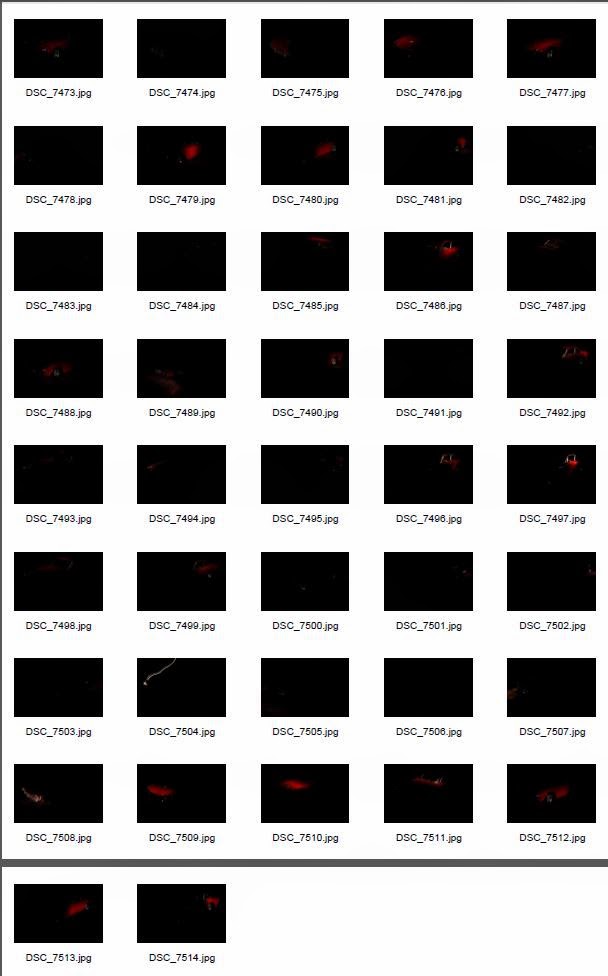I decided to try and avoid the more common type of HDR images where they seem to be over saturated and slightly unnatural. That's not to say they don't look great, they do, but I wanted to try and maintain a more traditional (normal) photographic appearance but with a bit more depth.
The weather wasn't to great on Sunday, so armed with my camera and tripod, my wife and I went out for a Sunday afternoon drive to one of the many old churches in the area.
I decided to photograph the inside of an old church for several reasons.
1. It was dry.........
2. Old Churches tend to have a lot of ornate decoration which could prove to be
great subject matter.
3. There is a lot of contrasting light, there would be the bright light from
outside streaming through the old windows and there would be a lot of dark
areas inside the church, which would enable a large dynamic range, too
much for the camera to cope with in a single shot.
Instead of using the bracketing function on my camera, which only allows for 3 shots to be taken at a set exposure +/- 1, 2 or 3 stops, I decided I would take 5 manual exposures. One exposure at the nominal setting, then a further 2, either side of nominal, 1 stop apart, thus ending up with 5 exposures for each image.
Once I had returned home, I downloaded the images from the camera onto my pc and loaded each image into Photoshop Raw one at a time to ensure that I was happy with the white balance, vibrance, clarity and contrast.
Once this was confirmed as acceptable I then converted them into jpeg's for loading into photomatrix to create my HDR images.
Below is the contact sheet for all the images I used for the HDR's I created.
As you can see from the image above, I took a series of 40 images, 5 for each subject.
Once the HDR image was created, I then loaded each image back into photoshop, as I wanted to finalise each image using Nik Color Efx Pro and Silver Efx Pro.
The reason for this was to ensure that I had control over each image and as I said earlier I didn't want to over process the images.
Above, is one of the images I converted from colour to Black and White using Nik Silver Efx Pro. Hopefully you can see that the dynamic range is higher than what would normally be seen in a standard photograph.
The image above is entitled "The Book" and as I hope you can see, the colours and dynamic range are again greater than would normally be.
This one is called the Angel, for obvious reasons.......
Again dynamic range greater than normal....
So to sum up, I think there is certainly a place for HDR photography, both over saturated and just with a higher dynamic range......
Like with every other type of photography, it's subjective.......
People will make up their own mind.......


















